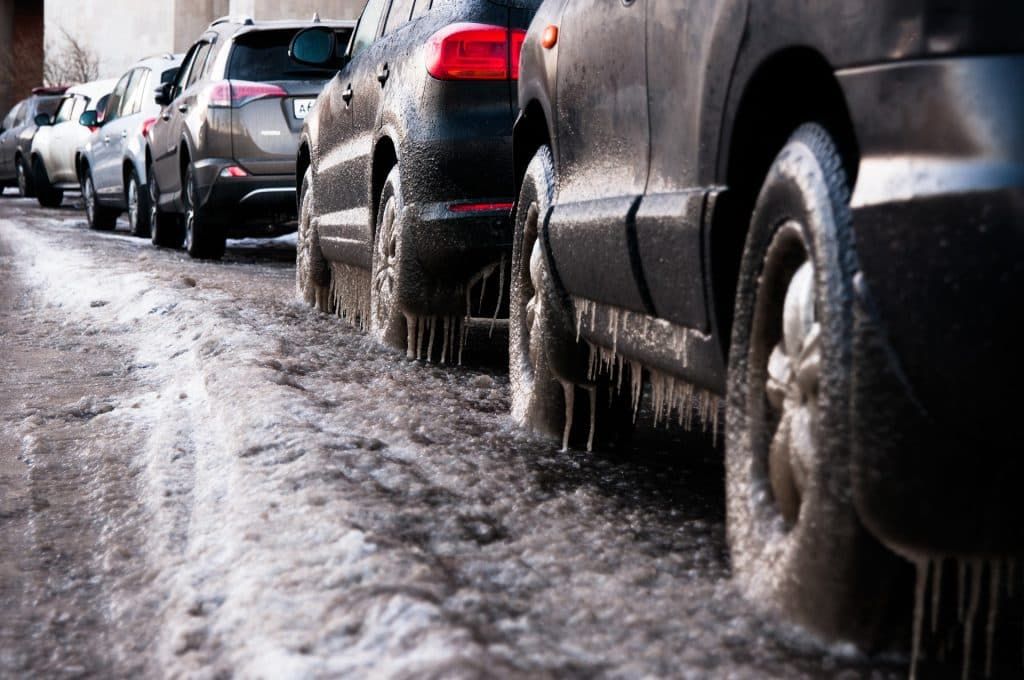A good set of tires can give your car more traction on the roads, give you more control of your car, and could mean the difference between being killed in a crash or walking away injury free. Too many people drive on tires that are far past being in good condition, and instead pose a blowout and crash risk or at the very least, reduce the efficiency and handling of the vehicle.
While many people think they don’t need tires that handle well in ice and snow, it’s important to remember that when it snows, ice can form on the roadways. Drivers also face rain and potential standing water on the roadway, which can cause slippery and dangerous conditions. And in the summer, the high temperatures can cause a lot more wear and tear on tires than people realize, leaving them inadequate for the wetter winter weather.
So how do you know if your tires are adequate? Here are some pointers to follow when choosing a new set of tires:
Determine what type of tires you need. All-season tires are great for all types of weather conditions and hold up longer than performance tires. Performance tires have better handling on turns and at higher rates of speed, but will not last as long as all-season tires and do not perform as well in poor weather conditions. Finally, snow tires have deeper and more complex tread and must be purchased as a set to ensure accurate braking and handling. Ask your tire dealer for recommendation if you aren’t sure what kind of tires you need.
Purchase and have your tires put on your car at a certified tire dealer. Check reviews and make sure the tire dealer has no outstanding complaints. Often, tire service centers will offer free or discounted rotations and tire repairs if you purchase at their store. That way, you are more likely to have your tires checked on a regular basis, which can reduce the likelihood of tire failures.
And here’s how to determine if your existing tires are in good condition or if they need to be changed:
Cracks in the sidewall. If you notice cracks, or “dry rot,” you need to change out your tires. This can be caused by parking in high-heat conditions and also if your car has suspension issues.
Low tire tread. Use a penny to test your tread. Insert the penny into a groove in the tread with Lincoln’s head pointed down. If you can’t see his hair, you still have enough tread left. If you can see his hair, your tread is low and it’s probably time to change your tires.
Noticeable bulges or defects. If you see bulges in your tire, or nails, stones, or other items sticking out of the tire, it’s time to change them immediately.
Deflation. If you regularly have to fill up your tires, you may have a slow leak or other issue that needs to be addressed. Never drive on tires with low or no air.
Regularly inspect your tires both visually and with an air pressure gauge. Doing this takes only a few minutes of your time and can keep you and others safer on the roadways.
Contact us today for a free case evaluation!


